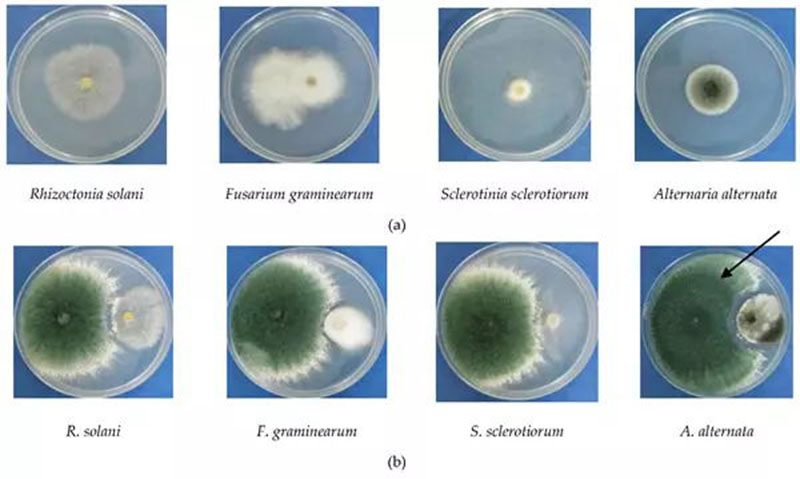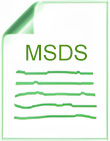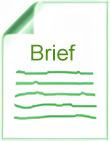Hot Products


TRICHODERMA ASPERELLUM
Plant root stimulator promote growth and support biological control
TRICHODERMA ASPERELLUM,Plant root stimulator promote growth and support biological control
Trichoderma asperellum is a species of fungi in the family Hypocreaceae, works as biological control agent for protecting plants from plant pathogenic fungi, including Fusarium, Rhizoctonia, Sclerotinia, and Pythium. The antifungal powder can inhibit the growth of plant diseases by producing enzymes that break down their cell walls. Moreover, T. asperellum root stimulator for trees can also improve soil health by accelerating the decomposition of organic matter and increasing the content of organic matter in the soil. If looking trichoderma uses in agriculture, Novobac supply plant root stimulant both in powder and granular formulation for sale.
hiddenValue
USE FOR
MODE OF ACTION
TECHNICAL
BENEFIT
INSTRUCTION
DOCS
-
USE FOR
Target Disease
• Fusarium wilt (Fusarium oxyporum)
• White rot (Sclerotinia cepivorum)
• Damping off (Pythium aphanidermatum)
• Daming off (Rhizoctonia solani)
• Root rot ( Macrophomina Phaesolina)
• Soft rot ( Sclerotinia sclerotorium)
• Blight (Phytophthora capsici)
• Grey mould (Botrytis cinerea)
Antagonistic Activity
Trichoderma asperellum antifungal powder inhibits some pathogenic diseases:
(A) R.Solani,
(B) S.sclerotiorum
(C) F.graminearum
(D) A.alternata
-
MODE OF ACTION
- Competition: Trichoderma spp spreads quickly and establish itself in the root zone of plants, where it can exclude potentially harmful microorganisms and act as a plant root stimulator for trees. This fungus also has saprophytic activity, producing gases that can inhibit the growth of phytopathogenic fungi at certain stages.
- Growth promotion: The fungus T. asperellum has been shown to have plant growth-promoting effects, growing around the roots and enhancing plant nutrient uptake and vigor, making it an ideal plant root stimulator for trees.
- Antibiosis: When grown in liquid culture, the antifungal powder can produce antibiotic metabolites to inhibit phytopathogenic fungi through a process known as antibiosis
- Mycoparasitism: 1-3 glucanases, chitinases, and occasionally proteinases are present in this biocontrol agent, allowing the plant root stimulant to parasitize the pathogen’s sclerotia and hyphae, penetrating the cells and resulting in lysis.
-
TECHNICAL
AVAILABLE SPECIFICATION
Bacteria count : 1x 10^10 cfu/g , 2 x 10^10 cfu/g, 4 x 10^10 cfu/g
ACTIVE INGREDIENT
Trichoderma asperellum strain
FORMULATION TYPE
Wettable Powder and Granular type are available
PACKAGING
1 kg per foil bag or 25 kg per kraft paper bag
SHELF LIFE AND STORAGE
18 months if stored correctly in a cold, dry area.
Stay away from moisture and direct sunlight.
Use it within 30 days after opening it to avert activation.
Avoid kids at all costs.
-
BENEFIT
Benefit
- Provides comprehensive disease management for a variety of root diseases
- Appropriate for use as the primary control mechanism in an IPM programme
- Compatible with organic fertilisers, biostimulants, and biofertilisers
- Enhance soil quality without cresistance or resulting in residual problems
- Promote root system expansion
- Improve the plant’s ability to absorb nutrients and moisture
- Boost crop quality and output
-
INSTRUCTION
How to apply trichoderma asperellum to soil
- For Soil drench: Apply 1-2 kg per acre, the antifungal powder can be mixed with water and applied to the soil around the base of the plants. This is a good option for established plants that are prone to soil-borne diseases.
- For Soil treatment: Mix 2 kg with 20 kg of dried and powdered farm yard manure and broadcast the mixture over one acre of field just before transplanting. Trichoderma uses in agriculture for a variety of crops, including sugarcane, pulses, oilseeds, cotton, vegetables, banana, coconut, oil palm, chilies, lime, coffee, tea, areca nut, rubber, flower crops, and spices.
- For homemade trichoderma biofertilizer: Add 1 kg T. asperellum root stimulant per MT organic fertilizer when composting, it help break down organic matter and improve soil structure.
- For seedling root dip: Mix 2 kg with 50 liters of water and immerse the seedling roots in the mixture for 10 minutes before transplanting them to the field.
- For Seed treatment: Mix 40 grams with 1 kg of seeds and an equal amount of rice gruel. The seeds should be coated evenly with the mixture and then left to dry in the shade for 30 minutes. The treated seeds should be sown within 24 hours. When applied to seeds, Trichoderma viride can colonize the seed surface and help to control pathogens on the seed coat as well as protect against soil-borne diseases.
Biofungicide Preparation:
- Before using, thoroughly clean the spraying equipment to ensure that no leftover pesticides exist.
- The biological control agent should be dissolved in a little water and stirred to ensure product dispersion.
- The tree root stimulator product does not need to be pre-mixed.
- Stirring continually to ensure the mixture is complete, add the solution to the spray or irrigation tank together with the necessary amount of water.
- Applying requires a dosage pump, to avoid precipitation, the stock solution should be agitated.
- Between 15°C and 35°C, it actively grows; below 15°C, growth is retarded and control levels are decreased.
- The plant antifungal powder works well with many different types of growing media and pH ranges.
-
DOCS


Product Spotlight
CONTACT US

Office 38/1502, No 660,Hanguang Rt., Changsha City, Hunan, China






